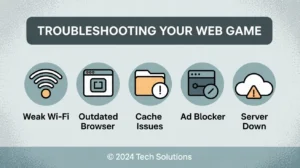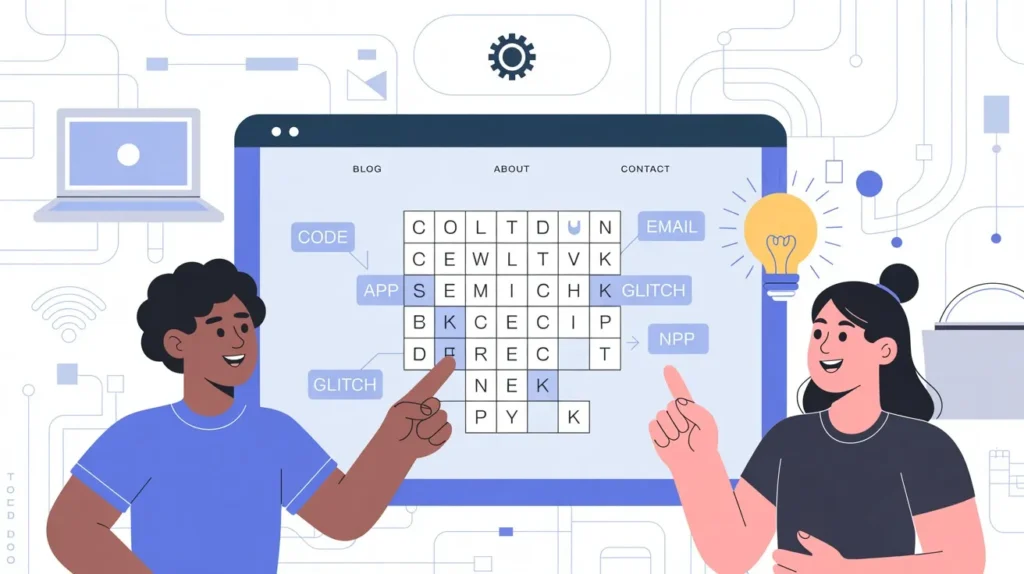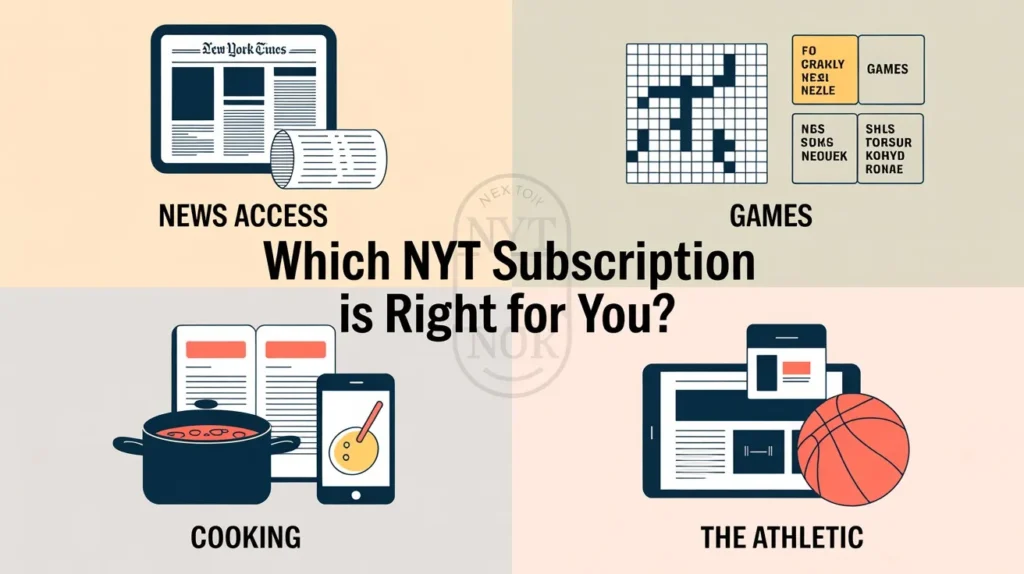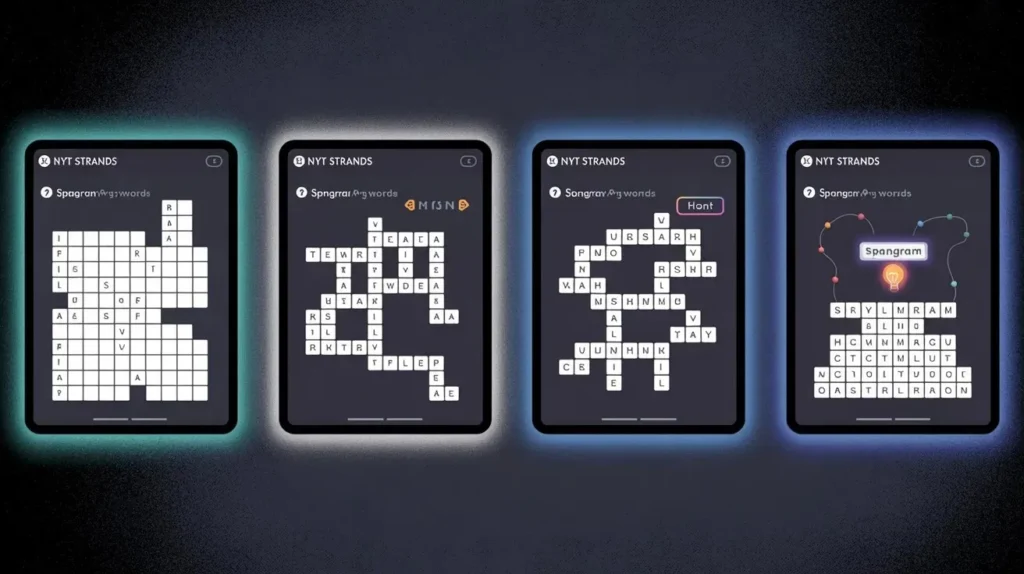Facing trouble with today’s NYT Strands puzzle? Don’t worry — you’re not the only one! This guide is here to walk you through the puzzle’s daily theme, provide strategic hints without spoiling the fun, and help you better understand how to approach even the trickiest clues. Whether you’re a new player or a daily solver, these hints will give you the nudge you need.
Table of Contents
ToggleWhat are NYT Strands?
NYT Strands is a daily word puzzle from The New York Times that combines classic word search with a deeper challenge. It encourages lateral thinking and thematic exploration. Each puzzle consists of a grid filled with letters, and your goal is to:
- Identify all the theme-related words hidden in the grid
- Find the Spangram, a key word that connects two opposite sides and ties the theme together
- Use logic, pattern recognition, and thematic knowledge — not just random guessing
What makes Strands different from regular word searches is the clever use of themes and interrelated vocabulary, which keeps things both challenging and educational.
How the Puzzle Works
Every day, you’re given:
- A theme title — this is your biggest clue. Think of it as a category or concept.
- A 6×8 letter grid where words are hidden in various directions: horizontally, vertically, diagonally, or bent like an “L”.
- A Spangram, which is a longer word that stretches across the board and captures the essence of the theme.
You can tap words you find, and if they’re related to the theme, they’ll lock in as blue tiles. Unrelated guesses turn gray. You also earn hints (highlighting a word for you) for every three non-theme words you find.
Today’s Theme Breakdown: “Tech Talk”
Let’s interpret today’s theme and what kinds of words you should look for.
The phrase “Tech Talk” hints at common terms and jargon from the world of technology. This could cover:
- Devices and Hardware: Think of tangible tech items we use daily: Examples: laptop, tablet, USB, phone, screen, mouse
- Software and Apps: Words related to tools and programs we interact with: Examples: browser, app, update, antivirus
- Digital Actions: Common verbs in the digital world: Examples: click, swipe, scroll, upload, stream
- Internet & Communication Terms: Buzzwords and lingo from online interaction: Examples: hashtag, emoji, meme, email, Zoom, bot
- General Tech Terminology: Tech-adjacent words used often in conversation: Examples: glitch, lag, cache, data, code
The best approach is to imagine a day at a modern workplace or scrolling through your phone — what kind of words do you see or use?
Spangram Hint – The Hidden Connector
Each puzzle features one Spangram — a long word that:
- Spans the entire grid from one edge to another
- Ties all other theme words together
- Is usually more general or category-based
For today’s puzzle, think of a word that represents the entire field of tech. Examples could be:
- TECHNOLOGY – covers devices, tools, systems
- INTERNET – if the theme is web-based
- SOFTWARE – if the words lean more toward applications
- GADGETS – if it’s focused on physical items
Remember: the Spangram won’t always be obvious at first glance. Look for long letter paths that connect opposite edges and fit with the theme.

Clue-Based Word Hunting Tips
To locate the hidden words in the grid, use the following strategies:
- Break Down the Theme List out 5–10 related words off the top of your head. For “Tech Talk,” you might write: code, cloud, email, swipe, glitch. Then scan the board for those.
- Look for Word Roots and Prefixes Many tech words start or end with familiar chunks:
- Prefixes: cyber-, inter-, micro-, auto-
- Roots: data, tech, code, net, bot
- Suffixes: -ware, -gram, -logy, -byte
- Use the Three-Wrong-Words Strategy For every three incorrect guesses, you get one automatic hint. Use this trick early if you’re stuck, to unlock part of the puzzle.
- Focus on One Area at a Time Don’t scan the whole board all at once. Pick one quadrant and search for small 3–4 letter words you might build on.
Why Use These Daily NYT Strands Hints?
- They give you a direction without giving you the answer
- They help you understand the theme better so you can recognize patterns faster
- They’re written by real puzzle lovers — not auto-generated or copied
- They work for all skill levels: from beginners to expert solvers
Whether you’re playing for fun or aiming to finish faster, these hints add just enough of a boost to help you think like the puzzle designer.
Stay Updated Daily
Save this page and check back every morning for:
- New puzzle theme breakdowns
- Spangram clues
- Letter cluster guidance
- Advanced strategies
Want a weekly summary or archives? Visit our NYT Strands Weekly Hints Hub for past themes and trends.
Share Your Experience
Which word tripped you up today? Did the Spangram take longer than usual? Share your thoughts in the comments and let’s make solving these puzzles more fun — together.
Next Steps:
Would you like:
- An editable template format for daily updates?
- HTML or Markdown version for quick posting on your website?
- A script or CMS suggestion for automation?



